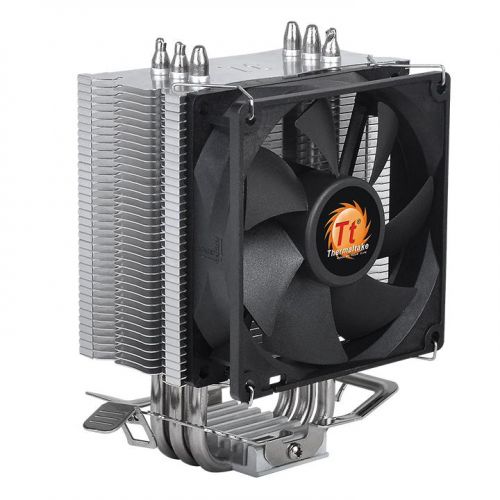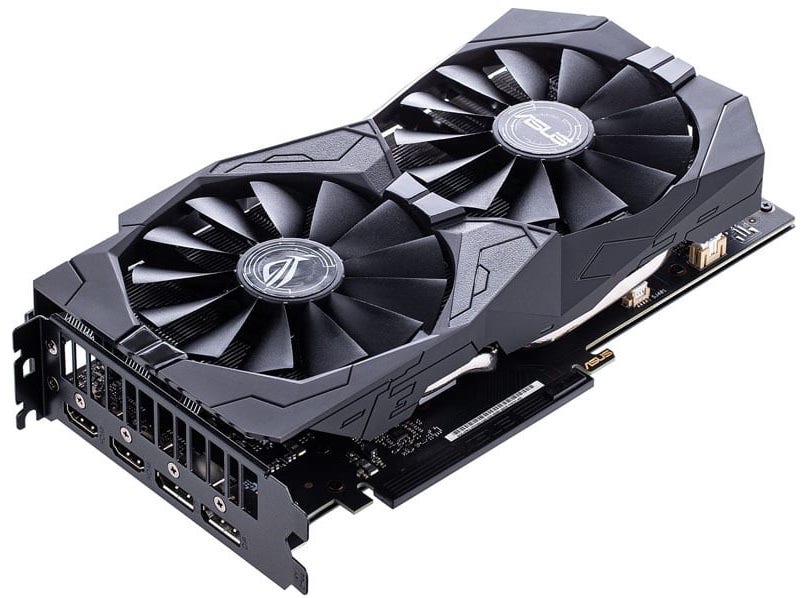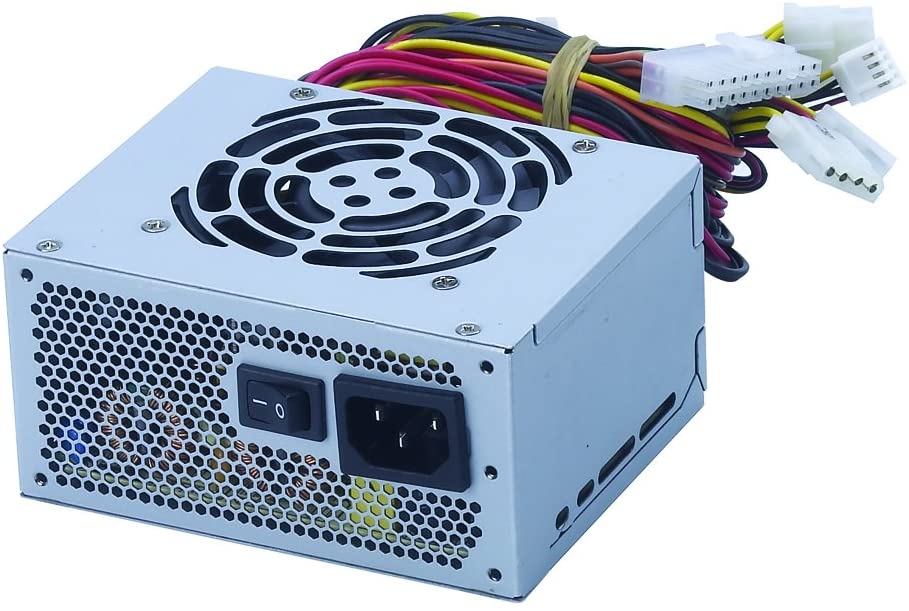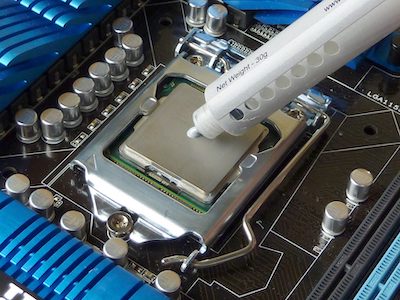Maintenance
Cleaning your computer is an important process that keeps it running cool and smoothly. We recommend inspecting the inside of your computer at least every six months after assembling it. Dust accumulation inside your case can slow down fans and drive up the temperature of the entire machine. Routine cleaning will help extend your computer's lifespan.
Tools necessary:
- Screwdriver for removing components.
- A mask to protect from flying dust.
- Compressed air can.
- A soft brush (a paint brush works)
- Cotton swabs and rubbing alcohol
Steps
- Unplug the accessories and the power supply.
- Use a cloth and wipe down the outside of the case. This will reduce the dust that enters the computer when we open it up.
- Open the computer up and wipe down the interior case. Dust may be stuck in the vents of the case, so don’t hesitate to blast the vents with some compressed air before wiping.
- Now you can begin cleaning the CPU cooler, GPU, and Power supply
Cleaning CPU Cooler

A typical CPU cooler [7]
The CPU cooler is a very important part that maintains the temperature of the central processing unit and ensures it doesn't exceed recommended levels. It's important to maintain it to ensure your CPU is never in danger of overheating. Here's how to clean it:
- Use the compressed air and brush to remove the dust from the fan.
- Use the cotton swab and rubbing alcohol to fully clean the fan blades.
- Use the brush to around the cooler’s socket.
- You can remove the cooler to clean it more thoroughly, but you will want to replace the thermal paste if you remove your cooler.
Cleaning GPU

A typical GPU [7]
The GPU is the biggest contributor to how well your video games perform, if that is what you intend to do on your computer. Similar to the CPU, it's vital to make sure it's in good shape so it doesn't run too hot. Here's how to clean it:
- Simply point the compressed air can at the back of the card and the dust in the heatsink will fly out.
- If you removed the card, use the brush to gently clean the black plate or circuit board.
- The swabs and alcohol can be used to clean the fan blades.
Cleaning Power Supply

A typical PSU [7]
The power supply is how power enters the system. It converts an outlet's AC power into low-voltage DC power which computer components require to run properly. As one can imagine, the failure of this part will result in the failure of every part. Cleaning it will help make sure it doesn't fail due to lack of air intake:
- Disconnect the PSU and remove the safety screws before taking it out.
- Use the screwdriver to hold the fan in place as you blast air into it.
- You can also open it up and brush and swab it down.
Reapplying Thermal Paste

Applying thermal paste on the CPU face [7]
Thermal paste sits between the metal face of your CPU cooler and the metal face of the actual CPU. It helps maintain contact between the two objects by filling in air gaps caused by imperfections in their surfaces. Thermal paste should be replaced around every two years or every time you remove the CPU cooler. Here's how to reapply thermal paste:
- Remove the heatsink - you may need to visit your CPU/cooler manual
- Remove the CPU using the latch.
- Use a paper towel or cloth and some rubbing alcohol to remove leftover paste on the CPU and the heatsink.
- Reinstall the CPU and apply new thermal paste in an "X" pattern.
- Reinstall the heatsink.
Cleaning Accessories
You can use the compressed air and the brush to clean your keyboard and mouse as well. The cloth with rubbing alcohol should easily handle any monitor dirt.
This page contains ? words.